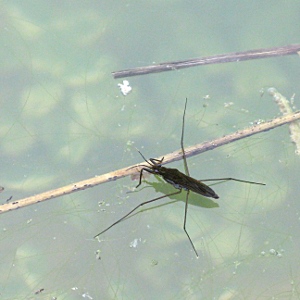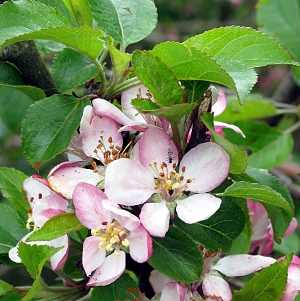Stewkley Wildlife Reserve
News for May 2012
30th May, Wednesday, The pond is coming on well now, and in the heat of the morning at about 11am, there were several different insects flying around. In the photo below left the blue ones are the Common Blue Damselfly, and the red one is the Large Red Damselfly. One of the Flag Iris has started to flower.
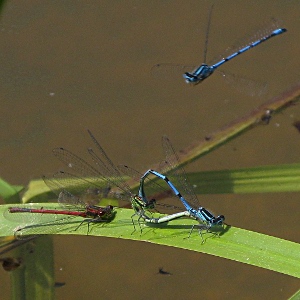
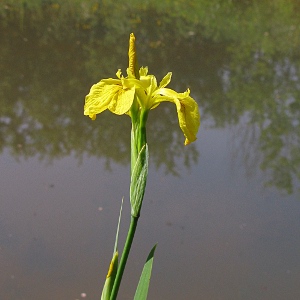
But the spectacular insects around the pond were Dragonflies, below are two views of a rather drab brown Four Spotted Chaser (Libellula Quadrimaculata) which at three inches long is still impressive, and co-operative, in that I was able to get close enough for some good photographs of it perched on some dried up vegitation. It is a member of the family called Darters.
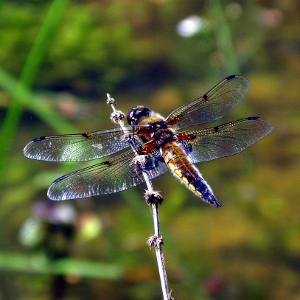
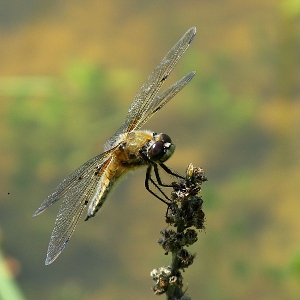
The really spectacular dragonfly that was also there was an Emperor Dragonfly, very large at about 5 inches long, unmistakable with its vivid blue body. Unfortunately it just keep flying around and around the pond, only settling a couple of times on the far side of the pond allowing me very poor photographs. In no way does it do justice to the magnificent creature, but just proves it was there, (below left).
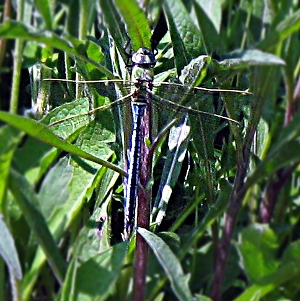
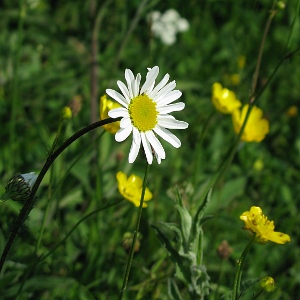
Dont forget to look at the main fields, where the Oxeye Daiseys are now flowering, amongst all the buttercups, and if you go soon, there are still Ragged Robin in flower.
24th May, Thursday, I returned in the heat of the day, to take some photographs in better light. Again it was very hot today. The Hawthorn, or May is in blossom, ( below left), and in amongst the Buttercups are Plantains as shown below right.
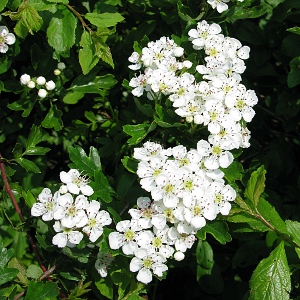
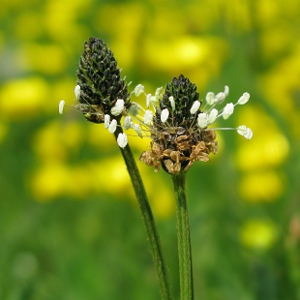
Throughout the Reserve, various grasses are prominent, ( belowleft), and many of the bird boxes are in use, as I walked past the one shown below right, I could hear the chicks cheeping for more food, the Great Tit parents were in nearbly bushes, keeping an eye on me, but when I moved far enough away, they moved in to feed the chicks.
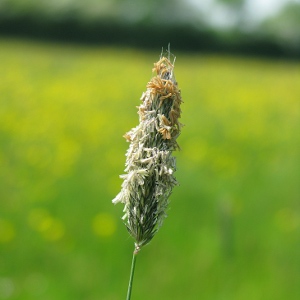
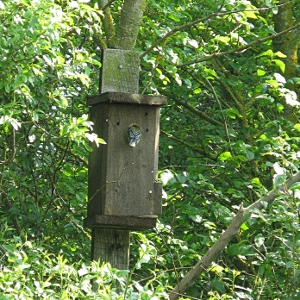
The pond is still quite full, with several plants now providing cover, there were many pond skaters zooming about the surface after food, water boatmen under the water, and diving beetles could be seen coming up for air now and again, and then swiming along the bottom of the pond in search of food.
Just above the surface, were a few Large Red Damselflys, like the one below left shown resting on a reed, Nearby a pair were flying about coupled together, landing on plants now and again for the female to deposit an egg on a plant stem just under the water.
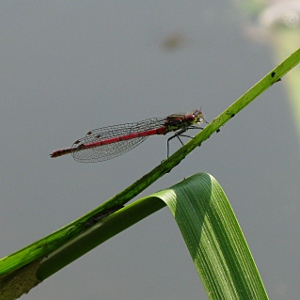
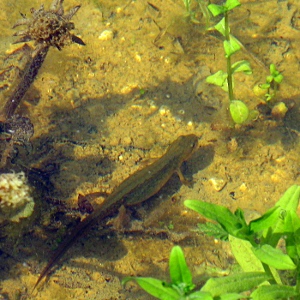
I also managed to spot one of the newts, and took a photograph above right, it appears to be a Smooth or Common Newt.
23rd May, Wednesday, Suddenly, this being England the weather has changed, it has been very hot and sunny, and reached 27C today, consequently everything is growing, with a predominance of buttercups in the fields.
On an evenings walk one Small Copper butterfly was seen basking in the evening sunshine, as shown in the photo below left. A few Common Blue butterflies have been seen in the village gardens, and there are still many Orange tip butterflies about the village.
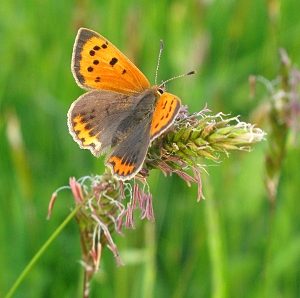
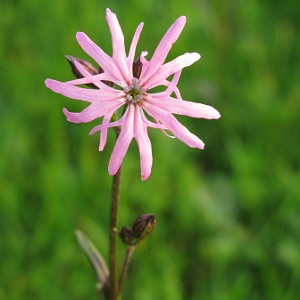
In the warmer weather many Ragged Robins are now in flower, (above right), these were sown as seed last autumn, in the wetter parts of the Reserve, which they prefer. Millions of seeds were sown, and not many have germinated.
A couple of Newts have been spotted in the pond, they are quite small, about 3 inches long, so probably the Smooth or Palmate Newt, time will tell. How they got there is a mystery, they are amphibious, so could have come overland from nearby ponds.
18th May, Friday, Its been a bit dryer this week, and the buttercups are starting to make a good show, and will be at their best for the next few months. Eveything else is growing, with lots of Bugle around the meadows, and Cow Parsley making its usual appearance.
Many of the nest boxes are occupied by Blue Tits and Great Tits. There are Chaffinches, Linnets, Blackbirds, and Yellow Hammers to be heard in song, and others which I dont recognise. Thrushes can be seen on the Recreation fields, and in the field north of the reserve, Sky Larks can be seen singing in the sky, and Wheatears have been seen, a bird more usually associated with moorland.
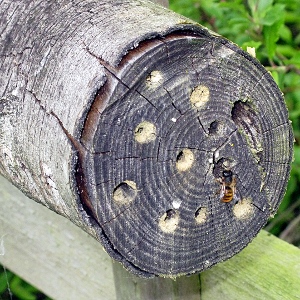
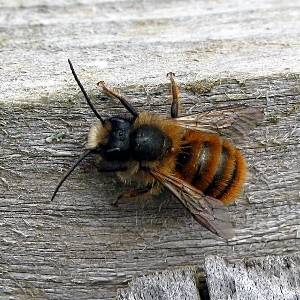
Near the pond are logs with holes drilled in them, which in past years have been used as nesting chambers by solitary bees. Today there were many bees flying around the logs, sometimes landing and looking in a hole, before moving on to another, as if they hadent found the right one yet. The bees have long antenna, and are slightly smaller than Honey bees, and would seem to be Red Mason Bees. They are solitary bees, using a hole in wood, a plant stem, as a nest, which will contain several grubs, female first, then a male nearest the entrance. They seal the chamber with mud, as the photo above left shows, they seem to be chambers where bees have emerged from.
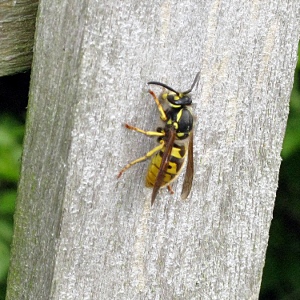
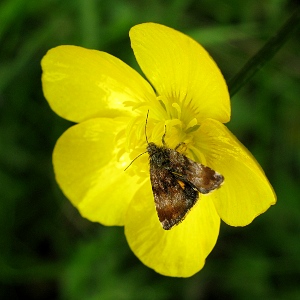
The photo above shows a wasp, which is gathering wood pulp, from the fence post, which it will use to build its nest. On the right above is a photo of a small moth feeding on the nectar of a buttercup. I have no idea which moth it is there are hundreds of small moths that look like this.
10th May Thursday, Even more rain has now filled the pond, and resulted in standing water and very soggy conditions in all the fields.
2nd May Wednesday, After a lot of rain over the weekend and more this week the pond is now nearly full, the Bog Bean which was flowering last week, is now underwater, and some Lady's Smock which seem to have self seeded in to the shallow area of the pond which has been dry for eighteen months are now up to their necks in water. All the fields are wet and quite soggy, with a few areas of standing water.
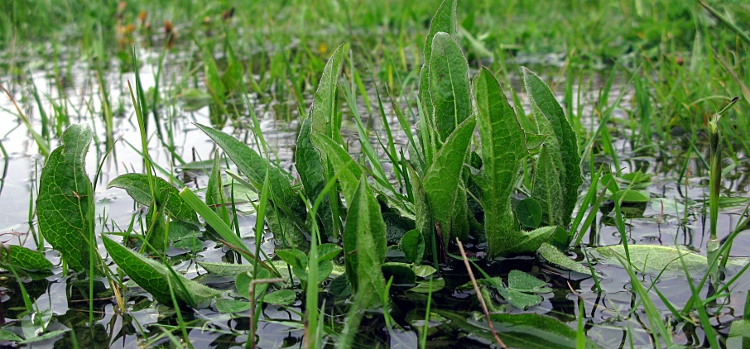
In the field near the Rec. there are some rather small Common Sedge plants, (below left), but on the side of the pond there is a much bigger example (below right), this is the plant that has seperate male and female flowers on the same stem.
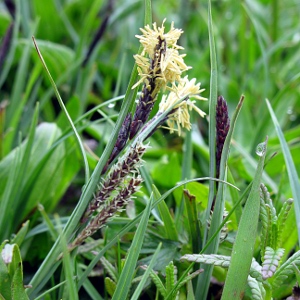
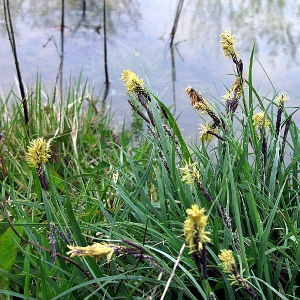
On the pond were several Pond Skaters (below left) which rest on the water surface waiting for small insects to fall onto the water surface, when their struggles are felt by the Pond Skater, which skates over for luncd.
Below right shows that even on this poor damp cold weather there are bright spots, with blossom on what is probably a crab apple tree.
